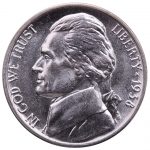
All About Jefferson Nickels
The Jefferson nickel has been a vital part of American coinage for decades now. It has been in mintage for a very long time and
It’s easy to start a coin collection. You can begin with coins that you already have on hand.
Take your coins out of the jars, cans and boxes you have around your house and really look to see what you have. You can sort them by denomination, year, amount of wear on the coin, etc.
With your coins sorted, look them up online. Get several different sources of information regarding value.
Put the valuable ones in protective container, like these coin flips.
Coin Flips
You’re on your way!

Becoming a coin collector involves a common vocabulary. When you come across coin terms that you don’t know, you can look them up in the US Mint Glossary, Dave’s Coins Glossary or just look it up on Google.
There are many approaches to collecting coins. Common collection themes include:
By Country
Which country’s coins are most interesting to you? Coins of the USA? China? Ireland? Barbados? A mixture perhaps?

Time period
Want to collect coins like they had in the Old West? You will definitely want some Morgan Dollars!

Or, do you want to collect all of the World War II Era coins?
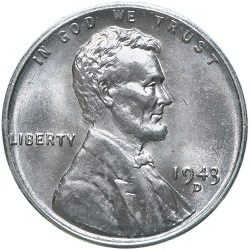
Coin finish
There are many coin finishes that the US Mint uses and have used in the past. For example, Satin coins have a unique look and feel.
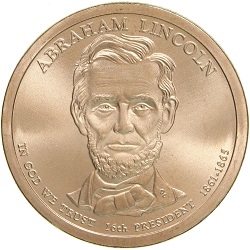
Denomination
Many denominations have existed over the years.
Early American coins existed such as half cents.
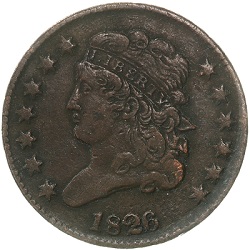
Mint Mark
Collecting coins from all of the US Mints can be a challenge! Shown below are 2019 Sacagawea Dollars from the Philadelphia, Denver and San Francisco mints.

Artist
Perhaps you’re a fan of the Indian head cent . . .
Do you know who the artist was? It was James B. Longacre. He also created the Flying Eagle cent and several other early American Coins. If you are a fan of his work, you could collect all of his coins.
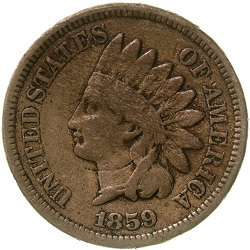
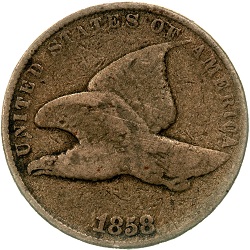
The Mint makes yearly sets, such as uncirculated, proof, and quarter sets, that make it easier to collect coins of a particular year.
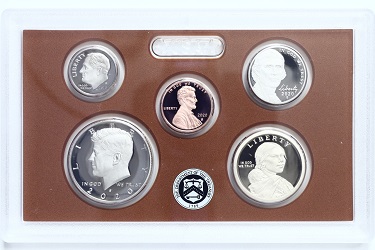
Sometimes the Mint makes mistakes. Although most error coins are recycled before they ever leave a Mint facility, the few that make it into circulation are often considered collectibles.
Coins made before the invention of modern machinery show a variety of die, planchet (a planchet is a disk which will be stamped to become a coin), or striking errors. Examples include:
Off-Center
Describes a coin that has received misaligned strike from the coin press and has portions of its design missing.
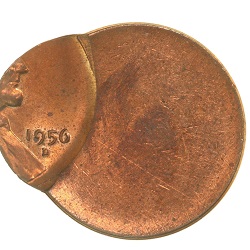
Multiple Strike
A multiple strike happens when the coin has additional images from being struck again, off center.
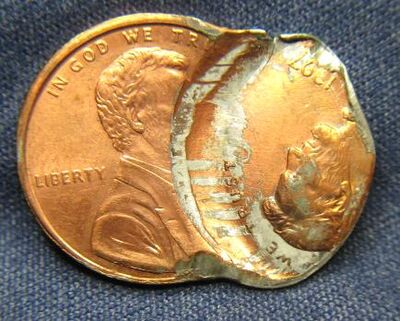
Double Die
A double die coin occurs when a die receives an additional, misaligned impression. The coin has a partial or fully doubled image on it. Therefore, the coin has two identical images that are slightly offset.

Clipped Planchets
A “planchet” is the metal disk that the coin is stamped on. Before it’s a coin, it’s a planchet. Sometimes when the planchet is being made, a misfeed can occur in the machine and you get an irregularity like you see below. Here we have a coin that has been stamped on a clipped planchet.
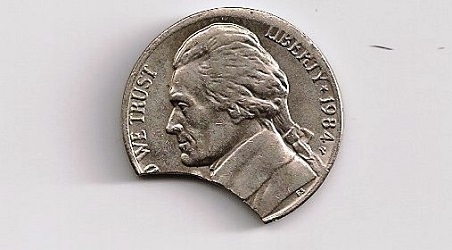
Defective dies
In production of coins, dies can crack. Dies can break. Dies can chip.
When dies crack during use they produce jagged, raised lines on the surface of subsequently struck coins.
In U.S. coinage, many Morgan dollar coins show slight die cracks.
There are many different errors that occur in the making of coins. You can learn more about those errors (in great detail) in the References section below.
A combination of finding and buying coins can be a good way to build your collection.
Before adding a coin to your collection, consider:
1. Is the coin appealing to you?
2. How lustrous is the coin? That is to say, how much light does it reflect? Is it shiny?
3. Is the coin damaged? Scratches, bag marks (damage that coins receive while being shipped in bags), staple marks, and corrosion can decrease a coin’s value.
4. How much wear is evident on the coin? Wear and tear tends to be the biggest factor in determining a coin’s grade.
Here are some avenues for buying and trading coins.
US Mint
You can purchase coins directly from the US Mint!
Banks
Buy some coins from a bank. Sometimes you will need to let them know you will be getting some from them in advance, if you plan on getting more than just a few. Sort through them, pull out the valuable ones, sell the rest back to the bank.
Collectors
Trade or buy coins privately or through coin clubs.
Coin Dealers
Coin dealers buy or trade coins. You may want to ask an experienced collector to suggest reputable dealers.
Coin Shows
You can buy coins at national or local coin shows.
Auctions
The rarest and most expensive coins are often available only through auctions.
Flea Markets and Antique Shows
Coins can be found at various events like these.
Of course, regardless of which vendor you choose, it’s best to have a good understanding of what coins valuable. Lacking that, have a reference you can refer to when questions arise.
The Sheldon coin grading scale is used to determine a coin’s grade, based on factors such as how well the coin was made, how much wear it’s developed, and the luster. The coin’s grade can
help to determine value. There are many references on this. You will need to have a good understanding of the grades of coins to collect coins.
Coin clubs allow you to share your collection with others and learn more about coins. There are many national and local clubs and
numismatic organizations. The American Numismatic Association provides a database of clubs around the world.
—
The info above comes primarily from the US Mint, as shown in the References section below.
US Mint – Get Started Collecting Coins
https://www.usmint.gov/learn/collecting-basics/get-started-collecting-coins
Wikipedia – Mint-made errors
https://en.wikipedia.org/wiki/Mint-made_errors
The Spruce Crafts – Types of Mint Error Coins
https://www.thesprucecrafts.com/mint-error-coin-768452
The Spruce Crafts – What Are Doubled Die Coins and How to Identify Them
https://www.thesprucecrafts.com/doubled-die-coins-768451
Fandom – US Coins Wiki, Multiple Strike (Error)
https://uscoins.fandom.com/wiki/Multiple_Strike_(Error)
YouTube – Double strike or multi strike U S mint error coins
https://www.youtube.com/watch?v=0VqhcsHcT7s

The Jefferson nickel has been a vital part of American coinage for decades now. It has been in mintage for a very long time and

The year 1965 marked what may be one of the most iconic and historic changes in American currency. This was the year that the U.S.

Lincoln Wheat Cent Photo by Dave’s Coins Wheat pennies are a favorite among coin collectors and enthusiasts everywhere. The wheat penny has been around since
The easiest way to get in contact with us is by filling out the form and submitting it.
We will contact you as soon as we can.
David Enders
PO Box 508
Athens MI 49011
The Dave’s Collectible Coins customer service goal is simple:
We are committed to providing our customers total satisfaction. Every time. Guaranteed.
For non-urgent matters please use the form in this popup. For urgent matters please call 269-742-4716.
Customer service is available Monday – Friday 8:00am – 4:30pm EST